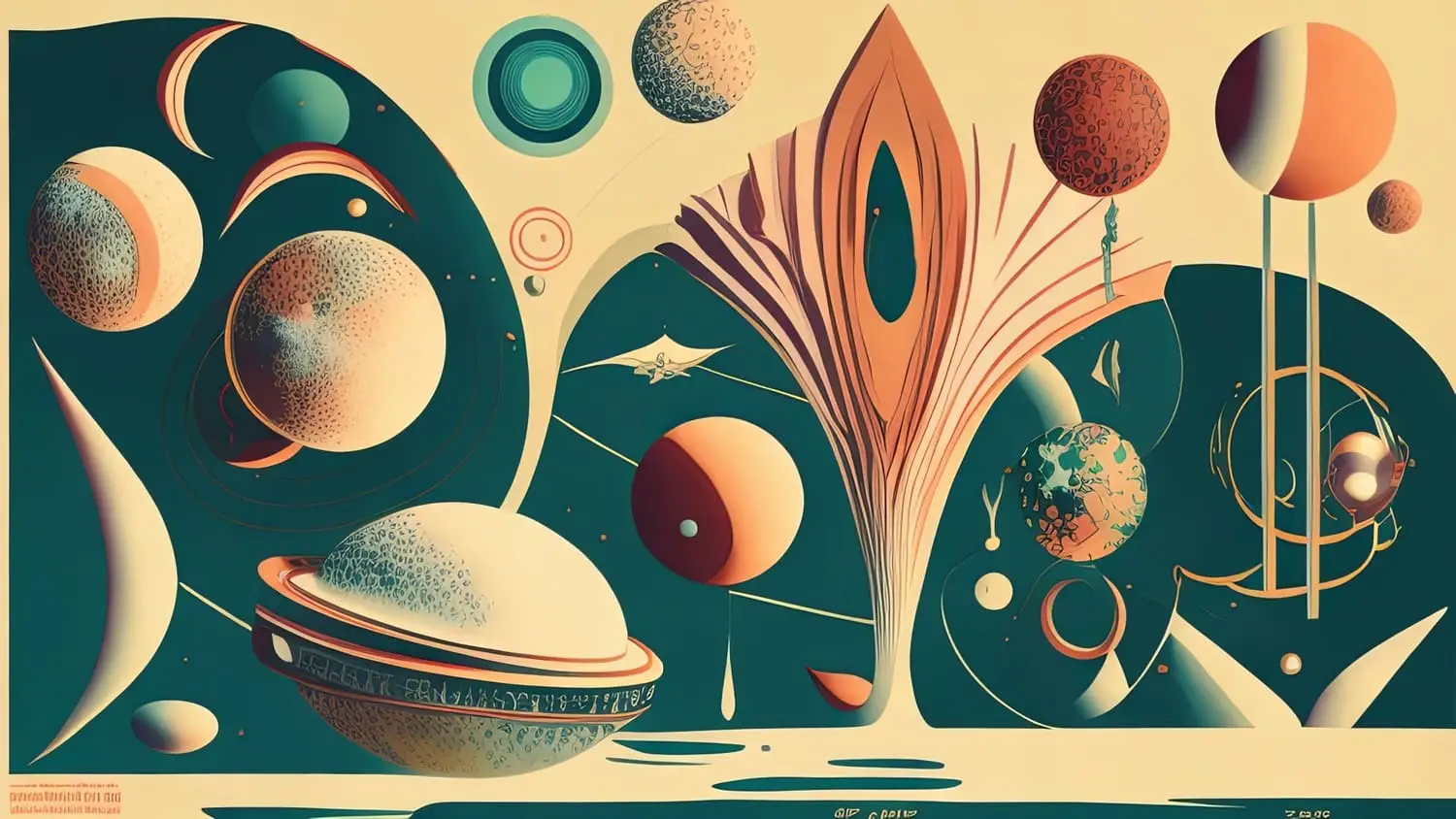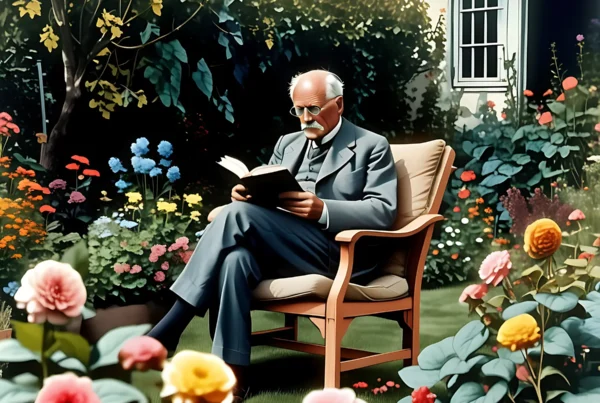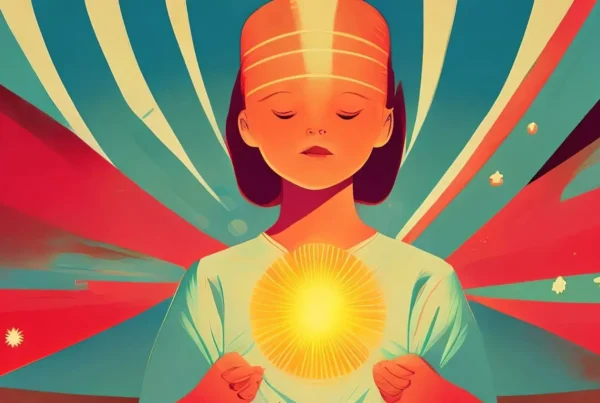BOOK YOUR WORKSHOP TODAY
All posts published here are presented as casual conversation pieces to provoke thought in some direction or another, they do not necessarily represent fixed opinions of the Inner Council, as our work exists beyond the spectrum of bound statement and singular clause.
There is one pervading energy in the universe, it is consciousness. Consciousness divides.
The Buddhist expresses it in one way, the Christian in another, but both say the same: We are all one, states Nikola Tesla in his 1900 philosophical treaties on the problem of increasing human energy. A sentiment that Aldous Huxley felt the need to remind us again after World War 2 in his 1945 book on comparative mysticism The Perennial Philosophy. Does this then mean that perennial spiritual ideas are present throughout Western thought, and not just by philosophers, but by prominent inventors and scientists? A simple search online today and you can gain access quite easily to the perennial theory of the single consciousness or one of its many forms. This one energy, the universe, an all-encompassing omnipresence. Whatever the term used, the idea of a connected oneness present in the individual remains just as radical to today’s convention as it did at any time in the last centuries. Some people may have direct experience of the phenomenon through serious spiritual practices, unexplained physical events, mind altering medicines or by simply sitting under a tree and finding a deep sense of connection at the ripe time. These different approaches appear to create the correct circumstances in which one feels Indra’s net¹ of interconnected oneness. I have been continually surprised throughout my life in discussing this concept with persons who I would never have guessed held this, or very similar concepts close to their hearts. A single consciousness divided between us all.
It came to me a few years ago that the significance of Greek Mythology from my understanding was unrecognised or little developed and so I added the subject humbly alongside several other epic conundrums from our near past to dedicate some time to during this episodic journey of self understanding. I was somewhat displaced to make this investigation as I was residing in the home of the Inca gods at the time and not in the many appendages of the ancient Greek mainland, but I had visited the Acropolis in Athens and Delphi at the Ancient Greek world center on the slopes of Mount Parnassus.
The Greek Mythological stories, or tragedies of Dionysus work to present dramatic parables for the society of the day in Greece, but also as a warning as to what so often happens through the division of consciousness. Without wanting to demean or lessen the significance of the stories, a simple container can be extracted which is consistent in each. From the one consciousness, for whatever reason, a duality is created and a god and goddess (or similar dual pair) interface, there are now two cooks in the kitchen and an agreed mutuality of companionship is enjoyed. Such as living with a single house-mate, if the lights are on when you arrive home you can safely assume that the other arrived home before you. If the cheese that you left in the fridge has been enjoyed, then it was either you or the other who indulged. There is a simple grace in the scenario which, with lack of dynamic, gives a predictability that may urge on the humdrum.
The tricky tria
Introduce a 3rd fraction into the mix and the dynamics begin to change. This is often depicted in the Greek myths through a third character, this can be a human or non-human companion, the arrival of a child, or a wandering stranger. Almost always what pursues is a mirror between suspicion and deception; a lack of candour within the group, a mistrust based around the cheese in the fridge dynamic.
“Cha rùn agus rùn aig triùir e – It’s not a secret if three people know it”
Gaelic proverb
There is also a deeper trick prevailing within these dynamics. Once consciousness is divided, one is unable to access the mental activities of the other. If we could, reality would be simply conceptual in its nature. We are at the same time tethered to a collective whole that is part of our data assimilation, and by dividing from the single state, we have agreed—in a sense—to give up the omnipresent perspective. Are we actually human then? It appears that we are only human when we entertain the human perspective.
Jung’s complex theory (1946), holds that every personality is essentially multiple and in cultures that recognise these differences these aspects have individual names, locations, energies, functions, voices, angel and animal forms, and even theoretical formulations as different kinds of soul. In modern society we are a single entity who may occasionally behave out of character. A person forced into the juxtaposition of representing a single entity may discover a daunting paralysis of living in perpetual stalemate. When we allow the possibility that there’s a whole host of characters, who all behave very much ‘in character’ then we can begin to soften these often contradictory juxtapositions and begin to consider how each of these individual aspects feel. Archetypal psychology goes one step further and invites all the individual aspects full time in the subjective world of metaphor and allegory as a platform for healing the soul.
During deep subjective experiences that can be explored in psychotropic plant medicines there is a familiar essence of mythological motif where caricatured aspects of our own personality are shown in parable form. A story is told, a tale is woven—a lesson reflected upon. Although not obviously related, we can now understand a relationship or aspect in our lives in a way that we couldn’t before. Some make firm commitment to make amends or change aspects of behaviour in order to show recognition to the divine message that was permitted. This mechanic is so pervasive that it would be irresponsible to overlook.
Consciousness division or mirroring in childhood trauma
When reading again C. S. Lewis’ The Lion, the Witch and the Wardrobe I was struck by the phenomenon that is presented. Displaced children that are unable to interpret the real-world causes for an impending fear that is gripping their culture (in this case the bombing of London in 1940), manage to subjectively create an archetypal world which presents some answers towards integrating the external fear. We see this again in Guillermo del Toro’s Pan’s Labyrinth, a story set in 1944 Francoist Spain where ten-year-old Ofelia travels to a new and unfamiliar farm house where her step father has been assigned to hunt down local rebels—among much violence and bloodshed. In this case Ofelia finds a subjective wonderland with archaic characters that give deeper meaning to the external energy that is impossibly imposing itself. This aspect of the parable is repeated in various fantasy fictions—including the original manuscript of Lord of the Flies (original title Strangers from Within). The story begins in the thick of the outbreak of war and a provocative energy that surrounds the group of boys as they unfortunately find themselves adrift on a deserted island. Susanna Clarke’s Piranesi has yet to gain the international recognition that it deserves but I believe it can contribute to the internal experience of deep delusional phenomena that can manifest in order to find a deeper meaning in one’s compromised external landscape.
This capacity to recreate the exterior into a fantastical world of symbolic motifs where the fairy tale is a paradox between unmeaning and meaning to grant a perspective that can satisfy the mind into integration is part of the human psychological architecture. In order to understand its faculties we have to give recognition to the phenomena, which could reveal several deeply psychological tools for conflict resolution and integration of trauma.
I experienced this myself in a very personal manner. My inner realm was one a lot less fantastical. I lived—subjectively—in a colonial house near the Tanzanian Kenyan border in a quiet village where signposts pointed out distances to lake Victoria, the rift valley and Kilimanjaro National Park. There I was protected in a warm and loving atmosphere which substituted some of my energetically fed needs I had as a developing child. There were friends and carers, adventures and episodes in this wonderfully exotic environment. I cannot until this day understand how such a rich and exotic cultural environment could be tapped into without any relevant prior knowledge. I had never travelled as a child anywhere which could have provoked such richness of imagination.
The Inner Child Experience
The Inner Child workshop opens a new, parallel narrative within our existing experience. One that is observed from a different viewpoint and which achieves an augmented perspective of our childhood experiences. With all participants, the first workshop session incorporates a birth regression, as this is the most appropriate place to begin a new relationship with ourselves. Through this meditation we gain an insight to our attitude of the predicament which placed us here, at this time, as this persona. —Ah, a participant may say, I don’t feel like I was ready to be here, or I felt uncomfortable when I arrived. These reflections can be ingrained with sentiment from the child-parent relationship, however, there is something happening deep within the senses when we realise we are here, and we are doing this, and this is not a stage rehearsal. Here then comes a new landscape in which we place ourselves within, one with a little more self authorship—if we allow ourselves to be the new creators of our narrative. Another indication as to the worth that the participant is going to contribute towards a new version of personal empowerment.
After explanation and guidance, questions and considerations, participants then meet their inner child through active imagination. Sometimes this is the first time that as an adult they have entertained such an idea, that being said however, all participants paint a landscape in which an unpredictable inner child is outwardly or inwardly portraying an attitude to them.
"He appeared very sad and lonely, and I felt this, I'm not sure he wanted to talk to me"
It isn’t always the case that the initial meeting with an inner child is one which frames abandonment, but it is quite often so. For most participants this is the first aware fragmentation of consciousness to be experienced. I have never known a participant to be at a loss when it comes to meeting the inner child, either through absence of the inner realm or of the child subject.
Our inner child only becomes more coloured in, more vibrant and responsive, more excited to interact and to become the friend who is going to guide us into many more meetings with other fragments of consciousness. The inner child presents a familiar and concerning relationship which we can put our faith and trust into improving. Most practitioners do recognise that improvements made in the inner child relationship are directly contributing to their own personal, real-life experiences.
Notes
[1] – In the Hua-yen school of Chinese Buddhism, which sees itself as a cosmic ecology and views all existence as an organic unity, the image of “Indra’s net” is used to describe the interconnectedness of the universe, a realm-embracing-realm ad infinitum.
Archetypal Psychology – James Hillman
Healing Fiction: On Freud, Jung, Adler – James Hillman
A Review of the Complex Theory – Carl G. Jung
Visit our Inner Child Workshop page to find out more.





